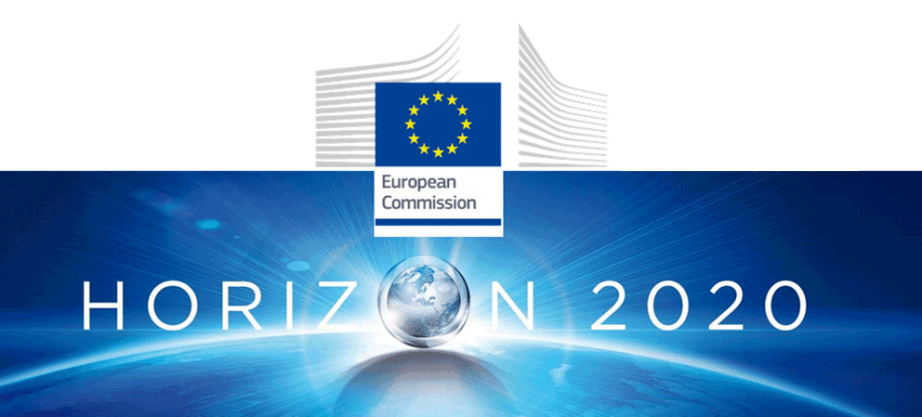
Can Mesopelagic Organisms be Harvested Sustainably?
The SEAPODYM Team has been selected to help answer this question as part of MEESO, an EU H2020 research project. The goal of MEESO is to quantify the spatio-temporal distributions of biomass, production and ecosystem role of mesopelagic resources and to assess options to sustainably manage and govern their exploitation. To reach this goal, MEESO will create new knowledge and data on the mesopelagic community, its biodiversity, drivers of its biomass, its role in carbon sequestration, its role in the oceanic ecosystem and its interactions with the epipelagic community, which includes several important commercial fish stocks. Besides applying state of the art experimental and quantitative methods, MEESO will develop and implement new acoustic and trawling technologies necessary for the knowledge and data generation in relation to this largely unknown and remote part of marine ecosystems. MEESO includes a significant amount of in-kind financing for technology development and scientific surveys.
MEESO will apply the new knowledge and data to determine the potential of the mesopelagic biomass to be sustainably exploited for products included in the human food chain. For the first time combining leading experts in science, engineering, fisheries and governance, MEESO will develop commercial fishing and processing technologies and mapping of contaminant and nutrient contents to explore the basis for a viable fishery and creation of jobs. Mesopelagic organisms represent one of the largest unexploited resource left in the world’s oceans, with a recent biomass estimate at 10 billion metric tons. The new tools and technologies, as well as assessment and management roadmaps, developed in MEESO will establish the trade-offs between exploitation, sustainability and viability of the resource, and identify options for its governance.
Assessing Sustainability of Potential Harvesting
MEESO will determine the potential of sustainably exploiting the mesopelagic biomass for products included in the human food chain. It is important to assess the long term sustainability of potential extensive exploitation at an early stage to develop appropriate management measures.
MEESO’s implementation of new acoustic and trawling research survey technologies will provide novel estimates of the abundance and spatial distribution of key species, and provide insight into the structure and functioning of this largely unknown part of the marine ecosystems.
New Fishing Technologies and Tools for Assessment
Development of new fishing and processing technologies and mapping of contaminant and nutrient content of key species will be used to explore the basis for a viable fishery. New tools for assessment and management will be established. The trade-offs between exploitation and changes in ecosystem service values such as biodiversity and carbon sequestration will be assessed, while identifying options for governance.
Research by the Seapodym Team:
- Estimating the biomass and dynamics of mesopelagic functional groups at global scale.
- The effects of harvesting mesopelagic stocks on commercially important and highly migratory top predators (Atlantic albacore) will be addressed using SEAPODYM to quantify the extent to which fishing mortality on mesopelagics may impact feeding, spawning habitats and natural mortality of tuna.
- Full vertical 1D coupling to a biogeochemical model (PISCES-SEAPODYM) will permit comparison of the carbon budget with other methods and an analysis of carbon fluxes due to mesopelagic functional groups and passive fluxes under climate change projections.
